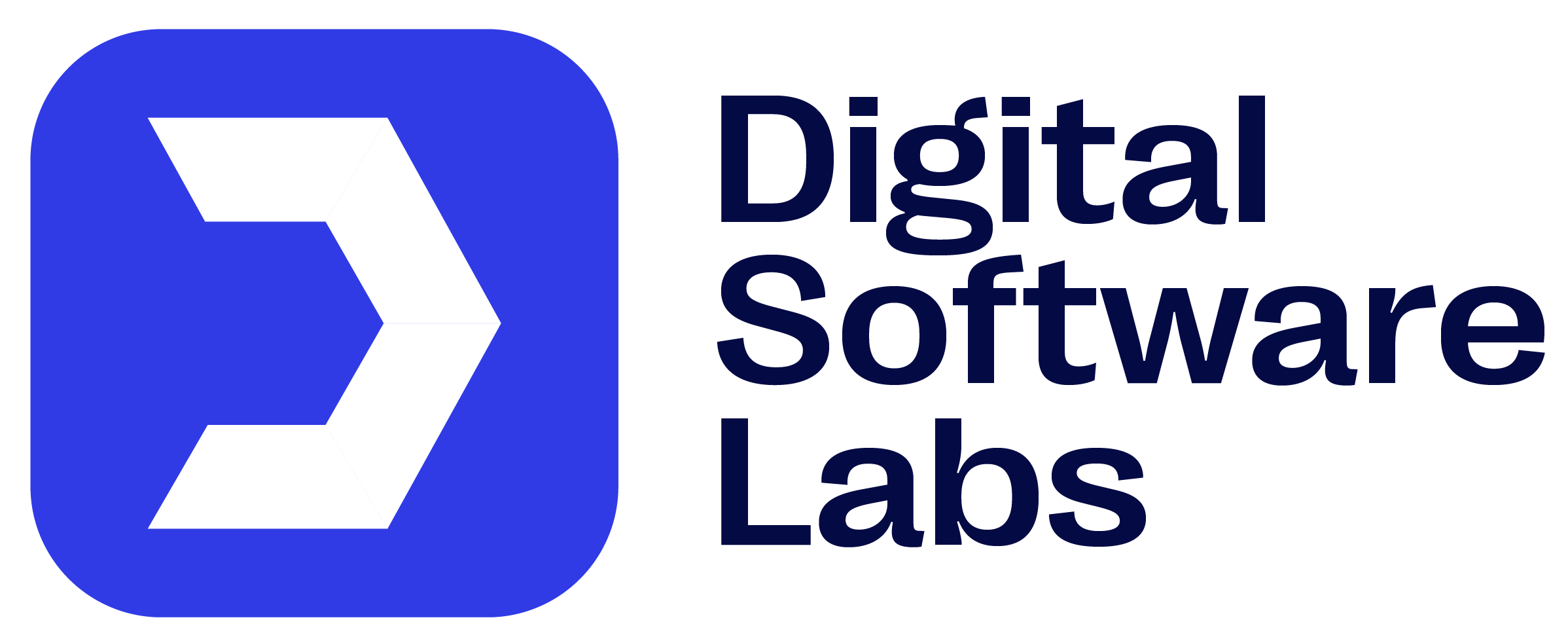Summary
- The new Web Guide feature introduces a smarter way to browse search results by using AI to group information into categories, making complex topics easier to understand.
- Web Guide offers structured summaries that resemble the format of Notebook LM Google, helping users quickly grasp key ideas without clicking through multiple pages.
- With AI search integrated into Google Search, users benefit from faster answers, better content grouping, and reduced information overload during research sessions.
- Currently available as an experimental feature, Web Guide is accessible through Google Labs and is limited to desktop users in English for general interest queries.
- Web Guide also improves the way users interact with Google activity by presenting more context-aware content, allowing for deeper and more informed searching.
- This development reflects Google’s broader AI test initiatives, where user feedback helps shape how artificial intelligence is integrated into search functionality.
- Web Guide complements other services under Google Cloud and Google News, forming part of the company’s larger effort to unify AI-driven products for enhanced digital interaction.
Google’s newest experimental feature, Web Guide, is reshaping how people engage with online information. Instead of delivering a long list of links that users must sift through manually, the tool categorizes complex search queries into structured topics such as “Practical Advice,” “Firsthand Stories,” and “Step-by-Step Instructions.” Each topic comes with AI-generated summaries that give users immediate clarity on the content’s relevance before they dive deeper. This reduces the time spent clicking aimlessly and raises the quality of information consumption across the board.
What makes Web Guide particularly compelling is how it transforms the browsing experience from passive scrolling into guided discovery, where AI doesn’t just respond, but anticipates the context of a user’s needs. This concept of streamlining information flow has also been applied in intelligent systems like Manus AI, where users interact with dense textual content through a conversational layer. In environments where professionals often deal with unstructured data and technical documents, the ability to pull insight through intuitive prompts becomes just as vital as the data itself. The underlying philosophy, building smarter, adaptive AI tools that simplify decision-making, drives both Web Guide and next-gen assistants like Manus.
By turning search into a dialogue and refining the structure of results, Google is not just adding features; it’s creating an expectation for more intelligent and organized information access. This evolution shows how AI, when embedded thoughtfully, can reduce friction in digital experiences and empower users to think less about where to click and more about what to learn.
How Web Guide Works
Google’s Web Guide experiment is designed to restructure the traditional flow of Google search results by grouping responses into curated, AI-assisted categories. Instead of scanning through dozens of unrelated blue links, users are presented with organized sections such as “Practical Advice” or “Step-by-Step Instructions,” offering AI-generated explanations based on reliable sources. This makes the search process feel more like a guided experience rather than a chaotic digital scavenger hunt. The technology focuses on complex or nuanced topics that typically require synthesizing information across multiple sites, something AI can do far more efficiently than users hopping between tabs.
This idea of reconfiguring how users interact with content mirrors the shift in AI utility seen in precision tools like Undetectable AI, which reworks text to evade AI detectors while retaining human-like nuance. While Web Guide is not about avoiding detection, both systems prioritize structure, readability, and user-centered presentation. Undetectable AI addresses content generation with subtle algorithmic modifications, improving how machines mimic human thought processes in text. In contrast, Google’s Web Guide applies AI to organize existing content into human-digestible narratives, helping users filter noise and extract meaning more quickly. In both cases, the technology isn’t just assisting, it’s interpreting, adapting, and refining the digital experience. This evolution in AI design speaks to a broader trend where the interface becomes just as important as the intelligence behind it.
Get Access to Web Guide
Currently available through Google Labs, Web Guide is being rolled out as part of Google’s experimental suite for enhancing the AI search experience. To get started, users need to opt into Google Labs and enable Web Guide manually. Once activated, this feature will replace the standard Google search interface on eligible queries, presenting structured topic sections generated by AI. The feature is limited to desktop for now and supports English searches only, with Google emphasizing that it’s not available for all query types, particularly those requiring real-time updates or sensitive data like financial or medical information.
The access model reflects a growing emphasis on user-driven customization, seen in many modern AI applications that prioritize visual and interactive engagement. Tools like Krea AI exemplify this movement, enabling creators to manipulate design outputs in real time through prompts and control layers. Just as Krea AI lets users refine and personalize creative visuals, Web Guide gives users the power to experience search results through a tailored lens, enhancing how people consume and contextualize digital information.
From the broader tech perspective, initiatives like those detailed in the Digital Software Labs news section signal a shift toward AI-infused ecosystems where tools aren’t just reactive but proactively shape how users interact with content. Whether for design or data, the emphasis is increasingly on making AI intuitive, responsive, and deeply embedded in the daily user experience. Web Guide is a step in that direction, transforming how search functions not by offering more links, but by organizing knowledge the way people actually think.




